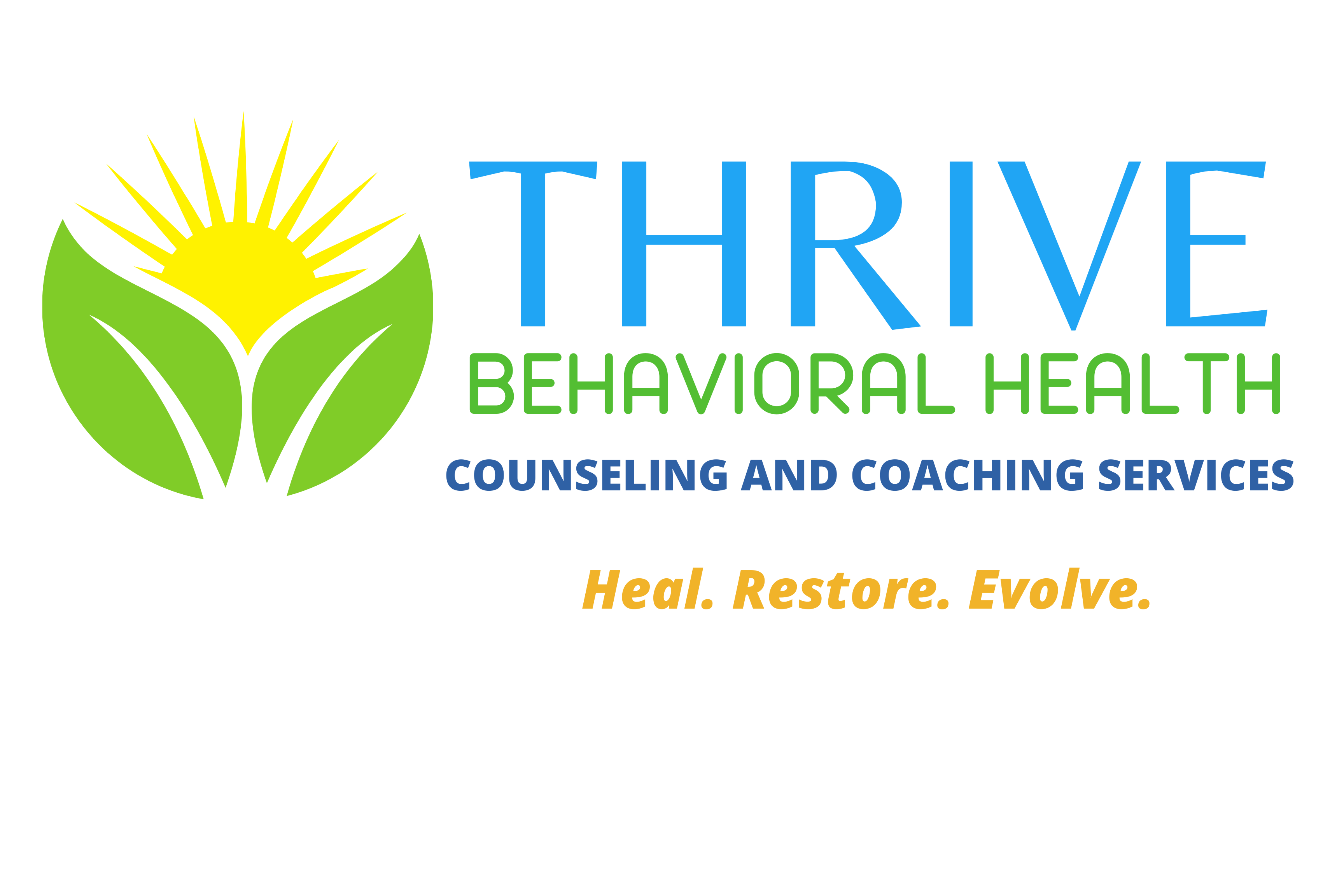Children's Mental Health
The future of our country depends on the
mental health and strength of our young people. However, many children
have mental health problems that interfere with normal development and
functioning. In the U.S., 1 in 10 children and adolescents suffer from
mental illness severe enough to cause some level of impairment. However,
in any given year, it is estimated that fewer than 1 in 5 of these
children receives needed treatment. The mental health problems affecting
children and adolescents include the following:
Depression
Large-scale research studies have reported that up to 3
percent of children and up to 8 percent of adolescents in the U.S.
suffer from depression, a serious mental disorder that adversely affects
mood, energy, interest, sleep, appetite, and overall functioning. In
contrast to normal emotional experiences of sadness or passing mood
states, the symptoms of depression are extreme and persistent and can
interfere significantly with the ability to function at home or at
school. There is evidence that depression emerging early in life often
recurs and continues into adulthood, and that early onset depression may
predict more severe illness in adult life. Diagnosing and treating
children and adolescents with depression is critical in preventing
impairment in academic, social, emotional, and behavioral functioning
and to allow children to live up to their full potential. .
Anxiety Disorders
Anxiety disorders are the most common mental health problems
that occur in children and adolescents. According to one large-scale
study of 9 to 17 year olds, entitled Methods for the Epidemiology of
Child and Adolescent Mental Disorders (MECA), as many as 13 percent of
young people had an anxiety disorder in a year.
ADHD
Attention deficit hyperactivity disorder (ADHD) is the most
commonly diagnosed psychiatric disorder of childhood, estimated to
affect 3 to 5 percent of school-aged children. Research shows that ADHD
tends to run in families. Its core symptoms include developmentally
inappropriate levels of attention, concentration, activity,
distractibility, and impulsivity. Children with ADHD usually have
impaired functioning in peer relationships and multiple settings
including home and school. ADHD has also been shown to have long-term
adverse effects on academic performance, vocational success, and
social-emotional development.
Eating Disorders
In the U.S., eating disorders are most common among adolescent
and young women. In addition to causing various physical health
problems, eating disorders are associated with illnesses such as
depression, substance abuse, and anxiety disorders. Among adolescent and
young adult women in the U.S., it is estimated that between 0.5 and 1.0
percent suffer from anorexia nervosa, 1 to 3 percent have bulimia
nervosa, and 0.7 to 4 percent experience binge-eating disorder. There
are limited data concerning the prevalence in males.
Manic Depressive Illness
Manic-depressive illness causes extreme shifts in mood,
energy, and functioning. Overly energized, disruptive, and reckless
periods alternate with periods of sadness, withdrawal, hopelessness, and
other depressive symptoms. Unlike normal mood states of happiness and
sadness, symptoms of manic-depressive illness can interfere with school
performance, family relationships, peer interactions, and other everyday
activities. Although manic-depressive illness typically emerges in late
adolescence or early adulthood, there is increasing evidence that the
disorder also can begin in childhood. According to one study, one
percent of adolescents ages 14-18 were found to have met criteria for
manic-depressive illness or cyclothymia, a milder form of the illness,
in their lifetime.
Autism and Other Pervasive Developmental Disorders
Autism and other pervasive developmental disorders are brain
disorders that occurs in as many as 2 in 1,000 Americans. They typically
affect the ability to communicate, form relationships with others, and
respond appropriately to the outside world. The signs of autism usually
develop by 3 years of age. The symptoms and deficits associated with
autism may vary among people with the disorder. While some individuals
with autism function at a relatively high level, with speech and
intelligence intact, others are developmentally delayed, mute, or have
serious language difficulty.
Schizophrenia
Schizophrenia is a chronic, severe, and disabling brain
disorder that affects about 1 percent of the population during their
lifetime. Symptoms include hallucinations, delusions, disordered
thinking, and social withdrawal. Schizophrenia appears to be extremely
rare in children; more typically, the illness emerges in late
adolescence or early adulthood. However, research studies are revealing
that various cognitive and social impairments may be evident early in
children who later develop schizophrenia. These and other findings may
lead to the development of preventive interventions for children.
Tourette's Syndrome
Tourette's Syndrome (TS) is characterized by repeated,
involuntary movements and uncontrollable vocal sounds, known as tics.
Affecting approximately 100,000 Americans in its full-blown form, TS
generally emerges during childhood or early adolescence.
